Introduction to Little Millet (कुटकी) – The Indian Millet
The dry stover of little millet is used as cattle feed, but the nutritious, economically valuable grains are used in a variety of food preparations. Little millet matures quickly, has a lower prevalence of pests and diseases, and can withstand unfavorable agroclimatic conditions. Among grains, millets are unique because they’re healthy, gluten-free, non-sticky, and don’t form acids. Millets are a good addition to any diet for people who are concerned about their health and eat a cautious diet, according to experts.
Whole grain little millet is widely accessible throughout the nation. One can obtain millet flour from specific suppliers or, more frequently, make it at home. The little millets store indefinitely because they are virtually free of pests that affect grain storage. Minor millets have been linked to improved glucose metabolism because of their low carbohydrate content, slow digestibility, and low water-soluble gum content. The grains slow down the body’s absorption of glucose and release sugar gradually into the blood. Minor millets contain resistant starch and dietary fiber, which have hypoglycemic and hypolipidemic properties.
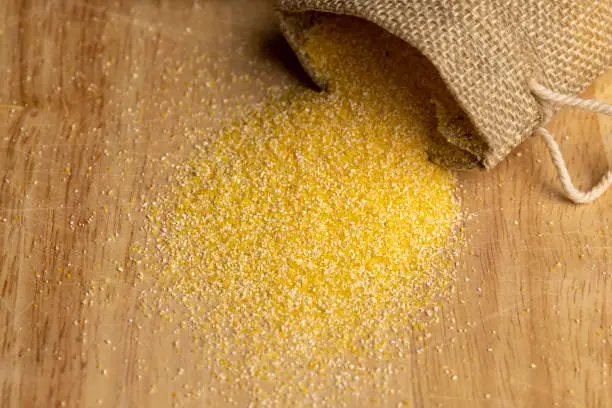
Nutritional Value Of Little Millet
| Nutrient | Amount per 100g |
| Calories | 378 kcal |
| Carbohydrates | 60.9 grams |
| Protein | 9.7 grams |
| Fat | 5.2 grams |
| Fibre | 7.6 grams |
| Calcium | 17 mg |
| Iron | 9.3 mg |
| Thiamine (B1) | 0.30 mg |
| Riboflavin (B2) | 0.09 mg |
| Niacin (B3) | 3.2 mg |
Nutritional Profile – Little Millet (कुटकी) – The Indian Millet
The nutritional profile of kutki millet is superior to that of commonly consumed grains such as rice and wheat. Because of this, it makes a healthy substitution for rice in the majority of the recipes. This underappreciated grain not only adds a classic touch to your meals, but it also supports your journey toward improved health in a healthy way. For those who manage their weight, have diabetes, PCOS, high blood pressure, high cholesterol, etc., it is the ideal addition.
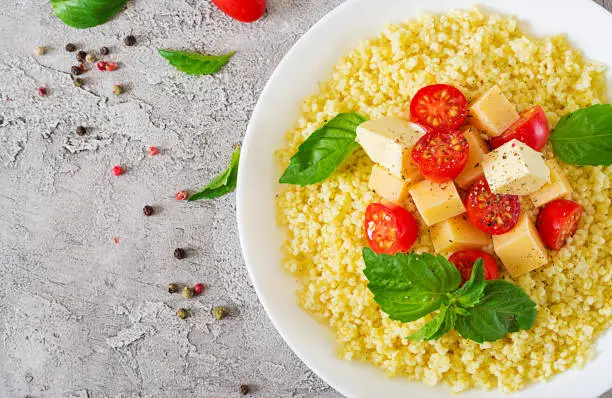
-
Rich in Potent Antioxidants – Little Millet (कुटकी)
According to a 2017 study that was published in the Nutrition Society proceedings, millet grains are healthier and have higher levels of antioxidants and polyphenols than millet flour or flakes. (Read more about how millet flour can slow down the aging process) Additionally, tiny millet contains a lot of flavonoids and tannins that can help prevent and delay the aging process and fight against conditions like diabetes, heart disease, cancer, cataracts, inflammation, and gastrointestinal issues.
-
Help treat Diabetes – Little Millet (कुटकी)
It is well known that little millet has a high dietary fiber content and a low glycemic index. Because glucose takes longer to enter the bloodstream, blood sugar levels stay constant. For diabetics who must regulate the quick rise and fall of blood glucose, this effect proves advantageous.
-
Helps lower cholesterol – Little Millet (कुटकी)
Magnesium, which is abundant in little millet, is good for the heart. Additionally, it has a lot of niacin, which lowers cholesterol.
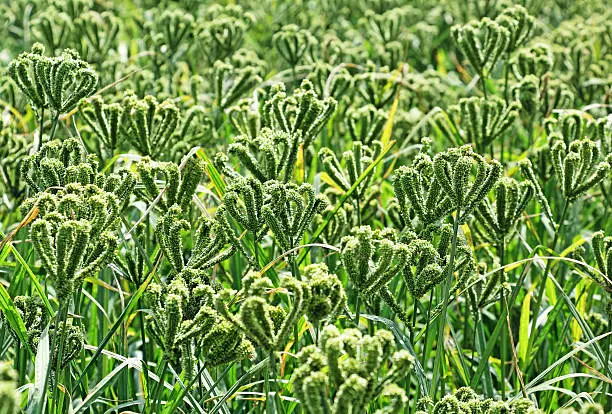
-
Weight loss – Little Millet (कुटकी)
Phosphorus, which is found in little millet, is excellent for promoting weight loss, healing damaged tissue, and generating energy after intense exercise. It also aids in the body’s detoxification. Owing to their high water-soluble fiber content, they promote weight loss, prolonged stomach emptying, and satiety. Therefore, individuals with lifestyle disorders such as obesity, diabetes, and other cardiovascular conditions should limit their intake of millet.
-
Respiratory conditions – Little Millet (कुटकी)
Little millet is known to treat respiratory conditions like Asthma.
-
Gluten-free
Samai is devoid of gluten. For people choosing a gluten-free diet or those suffering from celiac disease or gluten-sensitive enteropathy, it is a great substitute. Thus, small millets are a great complement to the diets of those who practice yoga, Pilates, aerobics, etc. In addition, because of its high nutritional content, it is essential to a balanced diet.
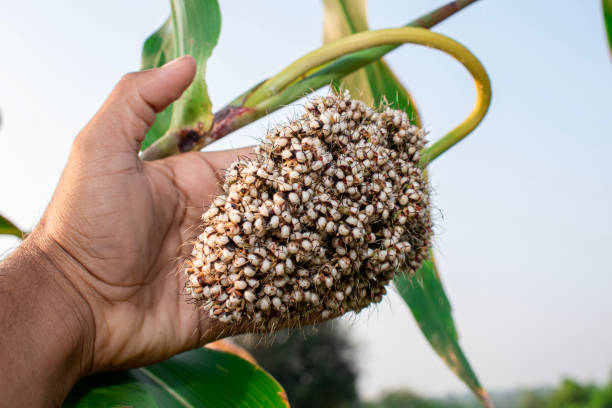
Ayurvedic Properties of Little Millet
Vata Dosha
Grounding Nature: Millets are naturally grounding. They serve to counterbalance Vata’s light, airy, and occasionally erratic qualities by stabilizing the body. This is important for giving Vata-dominant people a sense of stability and grounding.
Nourishment: They offer sustenance without being unduly dense. For Vata people—who may have a propensity for malnutrition or weakness—this is essential.
Simple Digestion: Millets are comparatively simple to break down. For Vata types, who might have sensitive digestive systems, this is crucial. They can get the advantages of a wholesome grain without putting too much strain on their digestive system.

Pitta Dosha
Cooling Properties: Pitta’s fiery nature is counterbalanced by millets, which are naturally cooling. They can reduce the body’s overabundance of heat, inflammation, and acidity.
Plenty of Vital Nutrients: Millets are packed full of vital nutrients. This is especially helpful for Pitta people, who might benefit from foods high in nutrients and have fast metabolisms.
Hydration: Pearl millet is one of the millet’s hydrating varieties. For Pitta types who might be prone to dehydration, this can be helpful.
Moderation is key: While millets are generally good for Pitta, consuming too much of them can make you feel colder and upset Pitta’s delicate balance. It’s crucial to consume them in moderation.
Please check of Millets’ blog :

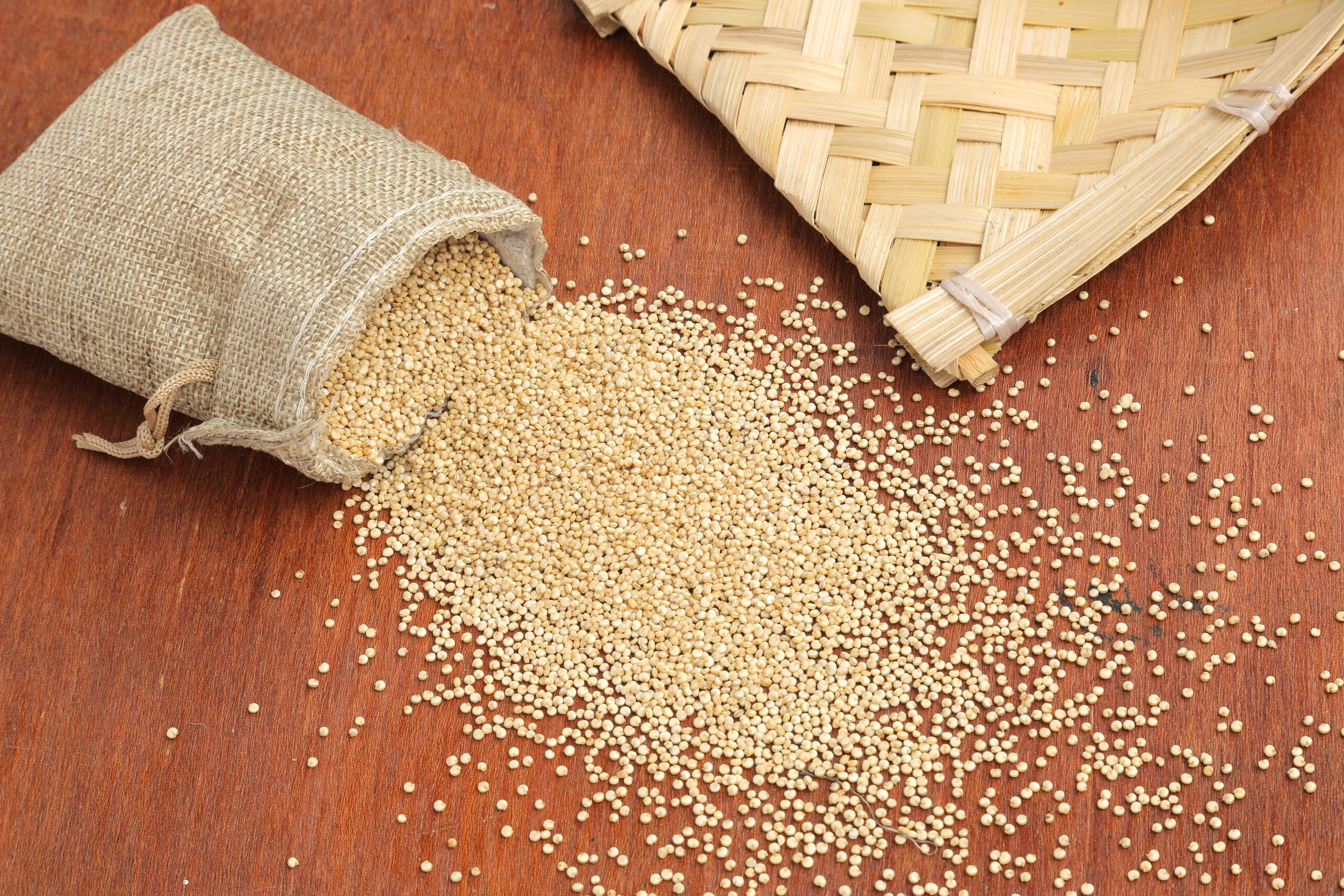
1 thought on “Little Millet (कुटकी) – The Indian Millet (10)”